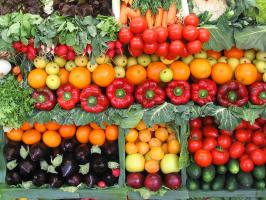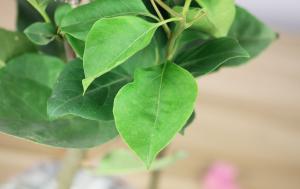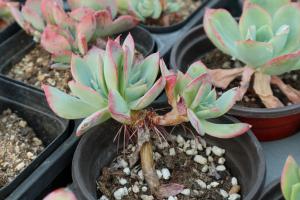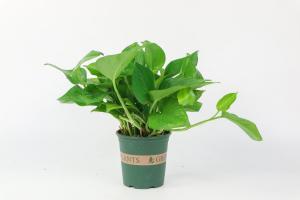Introduction
Using clay pots for plants is a popular gardening technique that has been in use for centuries. Many gardeners prefer to use clay pots because of their natural, rustic appearance, and because they are believed to have some benefits over other types of containers. In this article, we will explore the question of whether clay pots are good for plants.
The Advantages of Using Clay Pots
Clay pots have several inherent advantages that make them good for plants. First and foremost, clay is a porous material that allows air and moisture to pass through, helping to regulate soil moisture and temperature. This can help to prevent root rot and other soil-borne diseases. Additionally, clay pots are heavy and stable, which keeps them from tipping over in windy conditions. Finally, clay is a natural material that is free of harmful chemicals, making it a safe and environmentally-friendly choice for gardening.
The Disadvantages of Using Clay Pots
While clay pots offer many benefits, there are also some disadvantages to consider. One major drawback is that clay pots are prone to cracking and breaking, particularly in cold temperatures. This can be a problem for plants, especially if you live in a climate with harsh winters. Additionally, clay pots dry out more quickly than plastic or metal containers, which can make it harder to maintain consistent soil moisture levels. Finally, clay pots are often more expensive than other types of containers, which can make them less appealing for gardeners on a tight budget.
Using Clay Pots for Specific Types of Plants
While clay pots may not be the best choice for all plants, they can be particularly well-suited for certain varieties. For example, cacti and succulents benefit from the porous nature of clay pots because it allows excess moisture to evaporate quickly, mimicking their native desert environments. Additionally, herbs and vegetables that prefer drier soil conditions, such as rosemary or thyme, may also thrive in clay pots. However, plants that like consistently moist soil, such as ferns or certain types of tropical plants, may not be as well-suited for clay pots.
Tips for Using Clay Pots
If you decide to use clay pots for your plants, there are a few tips to keep in mind. First, be sure to choose pots that are the appropriate size for your plants, as pots that are too small can restrict root growth and lead to stunted growth. Additionally, it's important to keep an eye on soil moisture levels, as clay pots can dry out quickly. Finally, be sure to protect your clay pots from extreme cold temperatures to prevent cracking or breaking.
Conclusion
In conclusion, clay pots can be a good choice for plants depending on your specific gardening needs. They offer several advantages, including natural material that is safe for the environment, and porous material that helps regulate soil moisture and temperature. However, they also have some disadvantages, including a tendency to crack and break and a tendency to dry out quickly. Ultimately, the decision to use clay pots will depend on your gardening goals and the specific needs of your plants.

 how many times do yo...
how many times do yo... how many planted tre...
how many planted tre... how many pine trees ...
how many pine trees ... how many pecan trees...
how many pecan trees... how many plants comp...
how many plants comp... how many plants can ...
how many plants can ... how many plants and ...
how many plants and ... how many pepper plan...
how many pepper plan...
































